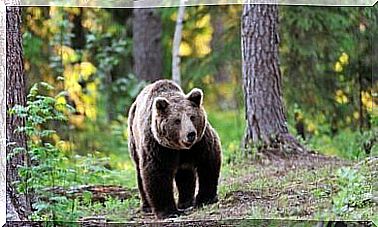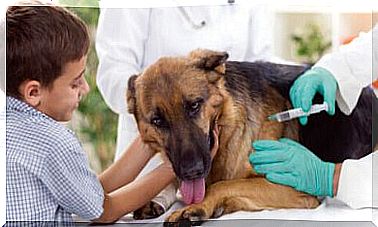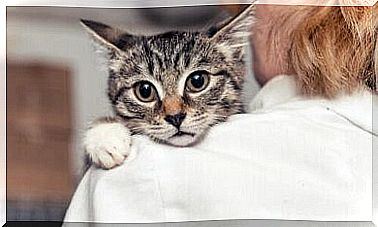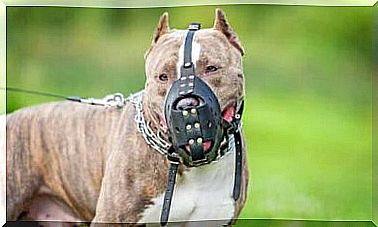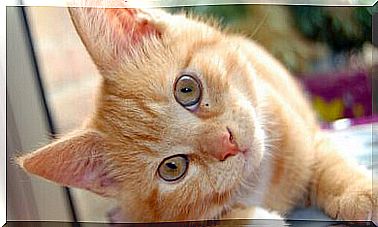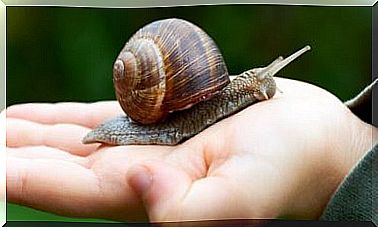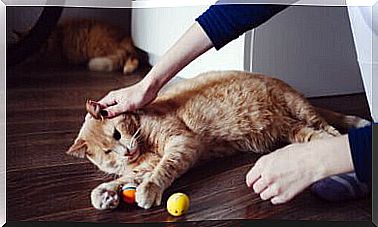How Are Dreadlocks Formed In Dogs?
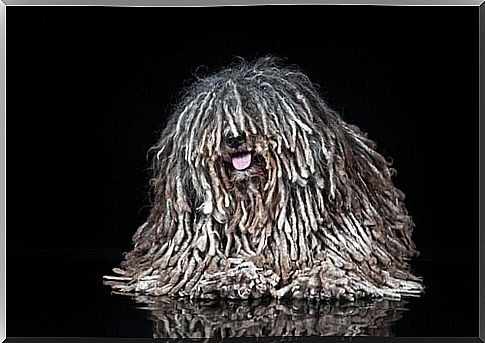
Although their formation may seem spontaneous, in reality dreadlocks in dogs are the result of inadequate hygiene. Thus, providing breed-specific care is essential to ensure the welfare of these animals.
The tendency of dog hair to tangle is a fact, especially in cases where it is long, curly and thin. However, the formation of dreadlocks in dogs is the result of a combination of dust and a lack of brushing.
The problem presented by these characteristic knots in the animal’s coat goes beyond the mere aesthetic factor, because, in the long term, they can lead to skin infections.
Causes of dreadlocks in dogs
A dreadlock hairstyle is defined as a collection of tangled and wrapped hairs. Although they can appear on any part of the body, the most frequent possibility is to find them in areas where some rubbing is exerted.
Among the most predisposed areas, we find the neck (due to the presence of the collar), behind the ears, under the chin or armpits or on the lower part of the hind legs.
Furthermore, it has been observed that dogs that like to swim, or those who bathe without being brushed, have a greater tendency to have dreadlocks. The reason is that humidity causes the hair to wrap around itself. This phenomenon, combined with the dust and rubbing of the body, leads to the formation of a set of knots.
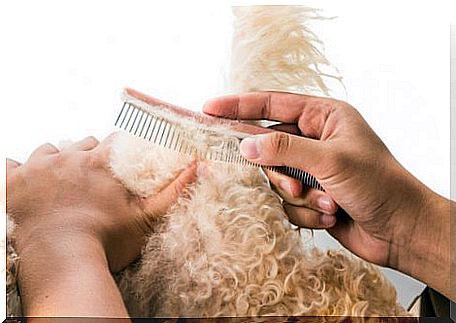
While any dog can have dreadlocks, dreadlocks are more common in the Poodle, Bichon à poil frisé, Bearded Collie or longhaired Collie.
Furthermore, it should be noted that there are some specific breeds whose coat has a characteristic naturally “cordate” appearance. Some of these breeds are the puli, the komondor and the Bergamasco sheepdog.
How to prevent tangles
The main measure to take to avoid the formation of dreadlocks in dogs is to ensure that they are brushed correctly. For this purpose, not only is it necessary to establish an adequate frequency, which will depend on the type of hair and whether it is a moulting period, but it is also necessary to make sure that the part of the hair we are combing is not limited to that more superficial.
To avoid brushing errors, it is recommended that you ask your vet what type of comb is best to use, as there are different types, from those that look like a rake (for dogs with a double coat of hair) to those that look like a rake. of the “spiked” type.
The use of suitable tools can be accompanied by the use of softeners or conditioners that make it easier to remove knots when the hair is damp. All this must be associated with proper and regular hygiene. The latter must include the cutting of the hair, carried out as often as necessary, by a beautician for dogs.
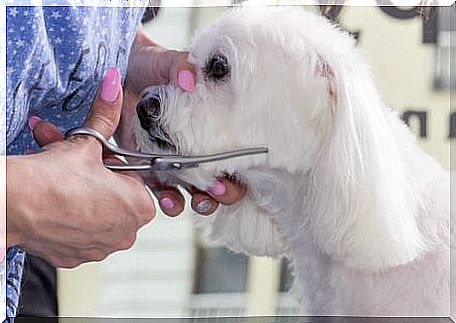
If, despite the indicated treatments, a dreadlock hairstyle appears, there is a suitable way to eliminate it without having to resort to normal scissors, which could injure the animal. Furthermore, you must avoid brushing the dreadlocks to prevent them from increasing in size and not to cause painful tearing.
Experts agree that the best tool to eliminate them is represented by nail clippers (in the case of small dreadlocks), electric razors or special scissors.
However, before using these tools, it is necessary to have completely isolated the dreadlock from the rest of the dog’s coat. Also, keep a skin disinfectant on hand in case you accidentally get a small cut.
To prevent dreadlocks in dogs from turning into a major skin problem, it is best to eliminate them completely as soon as possible. A particularly tightly packed accumulation of knots can prevent perspiration, thus trapping lice or other parasites inside, as well as causing pain and irritation.

